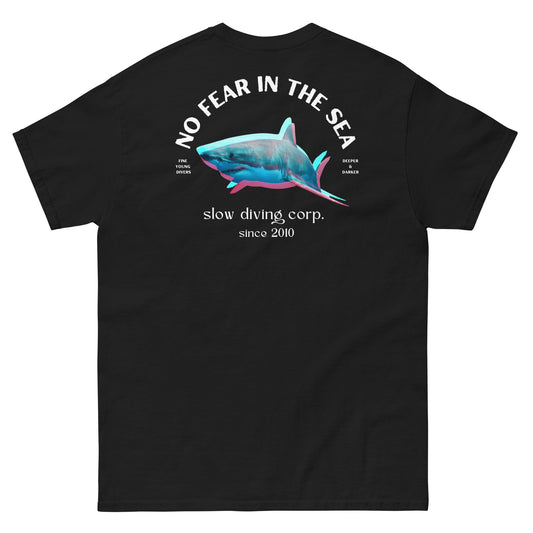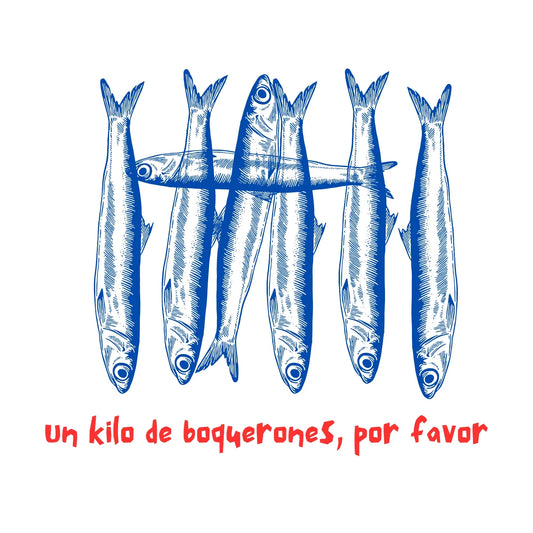Frogfishes are a group of fishes in the family Antennariidae, comprising 13 genera and 47 species. These fishes range in size from 5 to 40 cm in length, and their main characteristics include a great capacity for mimicry and the elongation of the spine, which the frogfish uses as a fishing rod to catch its prey, simulating a worm or small fish.
Wait, before continuing with the post, if you're looking for a gift for any ocean enthusiast, take a look at our collection of t-shirts for sea lovers. Top quality and a wide range of designs inspired by marine biodiversity. We also have sea-themed posters and art prints!
Frogfish feed on crustaceans, all kinds of fish, and even eat other frogfish. Frogfish hunting is very interesting because it combines total concentration, very high speed, the ability to surprise and the incredible use of their "fishing rod". When the frogfish finds a prey, it follows it closely with its eyes and then begins to move its appendages to lure the prey closer. The frogfish approaches very slowly, adjusts the angle of its mouth, and swallows the fish along with the water.
The frogfish is capable of increasing the size of its mouth cavity up to twelve times and completing an attack in only 6 milliseconds! After swallowing the prey, which can be twice the size of the frogfish itself, doubling the capacity of its stomach, it closes the esophagus with a muscle that prevents the victim from escaping.

Frogfish in the Philippines. Pic by Borneo-Aquanerds
Frogfish have a robust appearance that is unusual among other fish. Their scaly bodies are covered with spines, irregularities, and warts that can make them look like sponges, ascidians, corals, and even rocks. Other species, such as the hairy frogfish, are covered with filaments that perfectly mimic algae. Brightly colored in shades ranging from white, yellow, red or green to black, they often have spots and mottled patterns to hide in the reef environment or on muddy bottoms. This camouflage is an important defense strategy against predators, with some species inflating with water to simulate larger size in the face of a potential predator.

Hairy frogfish in the Lembeh Strait, Indonesia. Image by Tom Weilenmann
Frogfish are far from the best swimmers in the ocean. They are usually found perched on the bottom, waiting for prey to pass by unnoticed and swallow it up with their huge mouths. They can move slowly across the surface by simultaneously moving their pectoral fins forward and backward, transferring their weight to their pelvic fins as they move the pectoral fins forward, but can only make short trips. In open water, frogfish can swim by moving their caudal fin, and there are small species that use a type of jet propulsion to swim.

Giant frogfish, Antennarius commerson. Image by laszlo-photo
Frogfish are found in the tropical and subtropical regions of the Atlantic and Pacific Oceans, the Indian Ocean and the Red Sea. Most species are found in the Indo-Pacific region, the Philippines and much of Indonesia, especially in the Lembeh Strait, where they are one of the stars of diving in the area.






















